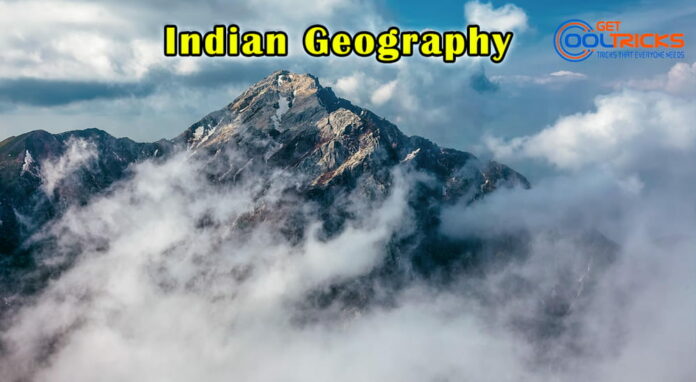- The Northeast region of India has a rich cultural heritage and is home to diverse landscapes, including hills, mountains, and valleys.
- The region has been relatively unexplored, but with the recent surge in tourism, more people are discovering the beauty and charm of the Northeast.
- It is the result of the Government of India’s Destination Northeast India initiative’s massive infrastructural push.
Top Tourist Places in North-East
Arunachal Pradesh
- Tawang Monastery: One of the oldest and largest Buddhist monasteries in India.
- Namdapha National Park: Home to diverse flora and fauna, including tigers, flying squirrels and leopards.
Assam
- Kamakhya Temple: A revered Hindu temple dedicated to the goddess Kamakhya.
- Kaziranga National Park: A UNESCO World Heritage site and home to the one-horned rhinoceros.
- Majuli Island: Located in the Brahmaputra River, is the largest river island in the world and a cultural hub in Northeast India.
Manipur
- Loktak Lake: The largest freshwater lake in Northeast India and home to the floating Keibul Lamjao National Park.
- Imphal War Cemetery: A significant religious site for those who lost their lives in the Second World War.
Meghalaya
- Nohkalikai Falls: The tallest plunge waterfall in India.
- Living Root Bridges: A unique natural wonder created by the Khasi and Jaintia tribes.
Mizoram
- Phawngpui National Park: Home to the highest peak in Mizoram and diverse flora and fauna.
- Solomon’s Temple: A unique religious site built by a local pastor, resembling the biblical Temple of Solomon.
Nagaland
- Hornbill Festival: The festival is named after the hornbill bird, which is revered by the Naga tribes as a symbol of their folklore and tradition.
- Dzukou Valley: A picturesque valley known for its stunning landscapes and diverse flora and fauna. Treeless but unbelievably green and floral.
Sikkim
- Tsomgo Lake: A sacred lake considered by local people, it is believed that the water of the lake has medicinal properties. Lake is surrounded by snow-capped mountains and is fed by the melting snow from the mountains
- Rumtek Monastery: A prominent Buddhist monastery and the largest in Sikkim.
Tripura
- Neermahal Palace: A unique palace located in the middle of Rudrasagar Lake, a unique example of a fusion of Hindu and Islamic architectural styles. The palace is designed in the shape of a half-moon and is surrounded by water on three sides.
- Unakoti: A significant religious site featuring rock-cut sculptures and carvings. The largest sculpture at Unakoti is a 30-foot-high image of Lord Shiva, known as Unakotiswara Kal Bhairava. The site also features several waterfalls and natural rock formations.
Prospects of Tourism in North East India
- Adventure Tourism: The Northeast region offers numerous adventure tourism opportunities, including trekking, mountaineering, river rafting, and paragliding.
- Adventurous sites such as Gangtok, Shillong etc. can attract adventure enthusiasts from all over the world.
- Tribal Communities: The Northeast is home to several indigenous tribal communities such as Mismi, Garo, Khasi, Jaintia etc., each with its unique culture, language, and traditions.
- Tourism can provide an opportunity for these communities to showcase their heritage and generate income.
- Winter Tourism: The Northeast region experiences heavy snowfall during the winter months, making it an ideal destination for winter tourism.
- However, this season remains relatively unexplored and has the potential for further development.
- Sustainable Tourism: To minimize the negative impact of tourism, sustainable tourism practices should be promoted. This includes responsible waste management, promoting eco-friendly accommodations, and respecting the cultural practices of local communities
Benefits and Concerns of Tourism in North East India
- Benefits
- Tourism has the potential to create jobs, generate income, and boost the local economy.
- As more tourists visit the region, there will be a higher demand for goods and services, leading to the growth of various sectors.
- Challenges:
- Environmental Impact: Increased tourism can lead to increased pollution, littering, and damage to natural habitats, which can have long-term negative impacts on the environment and wildlife.
- Cultural Impact: Tourism can lead to changes in traditional cultural practices and beliefs, as well as the commodification of cultural artefacts and practices, which can erode the cultural heritage of local communities.
- Connectivity: Despite recent infrastructural development, the Northeast still faces connectivity challenges. Better road and air connectivity can help attract more tourists to the region.


